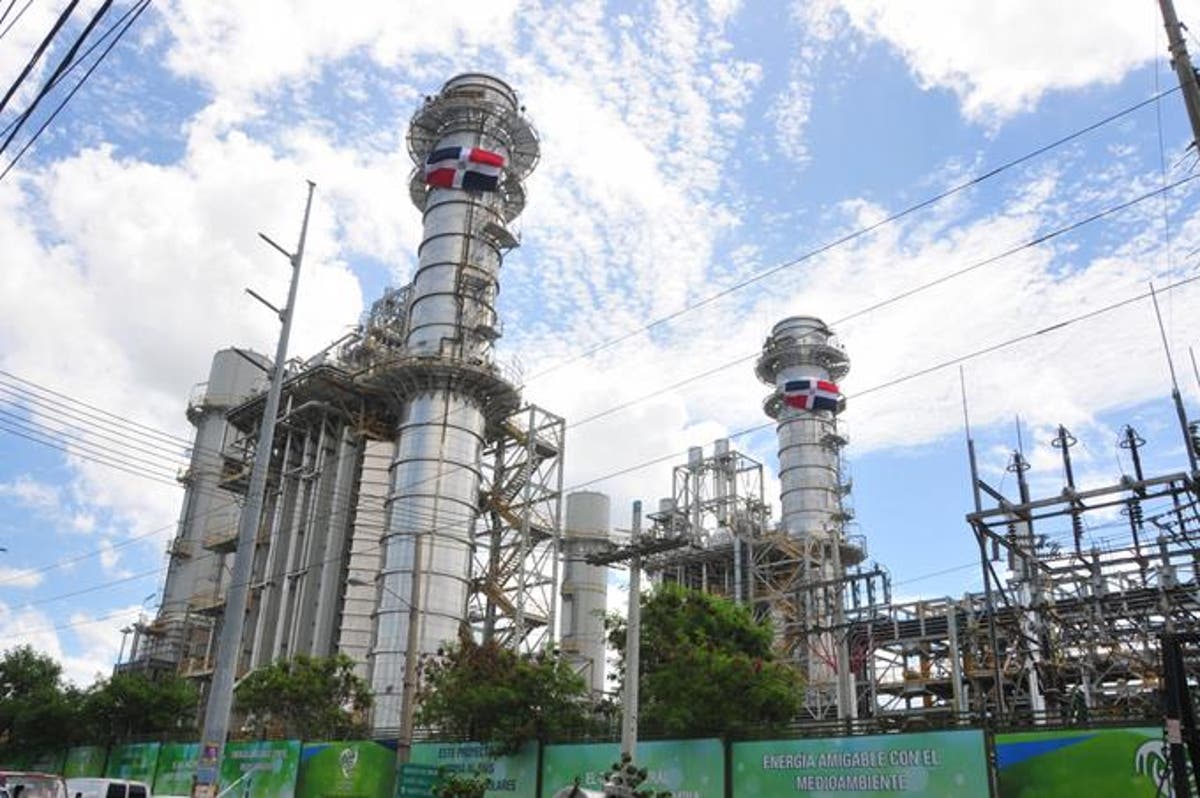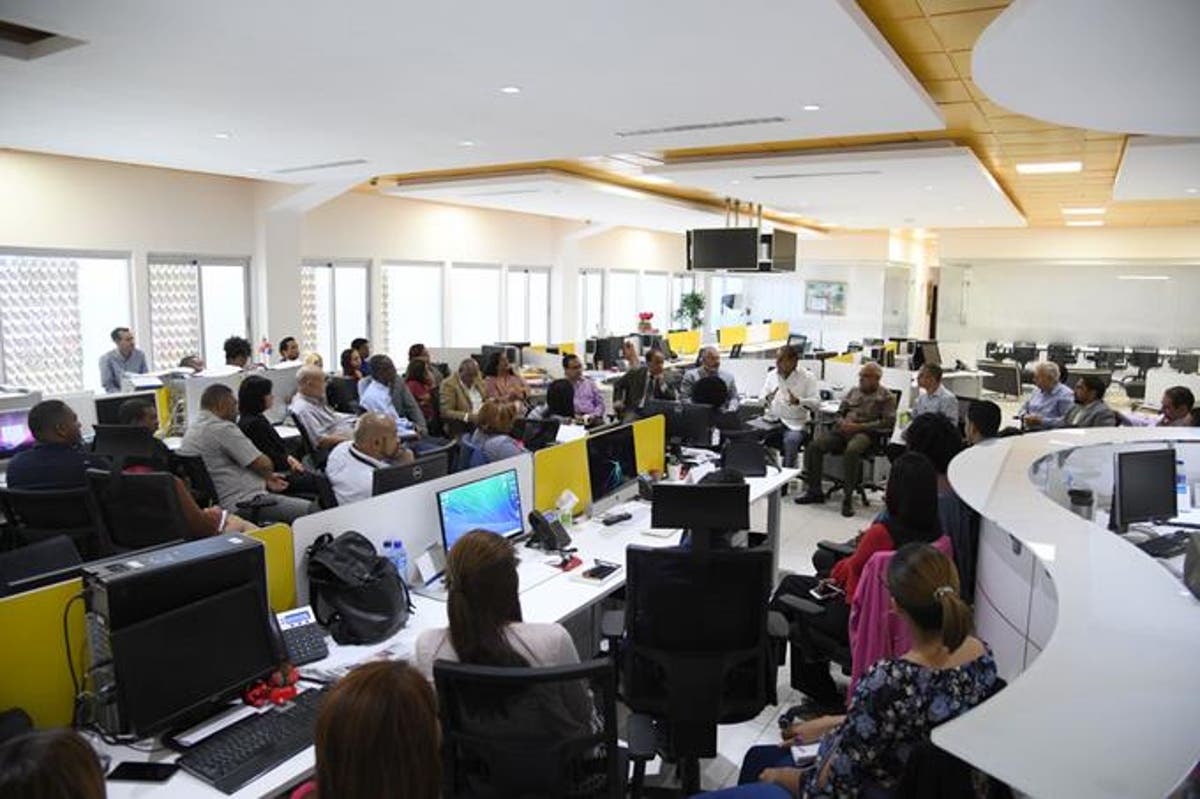Abinader’s power generation challenge
In 2024 and 2025, there will be an electricity generation crisis in the Dominican Republic. In that period, the spot market price will increase, or blackouts will increase unless the government accelerates new and efficient electricity generation.
The entry into operation of the Punta Catalina Thermoelectric Power Plant (CTPC) and the conversion to natural gas of CESPM and the Quisqueya I &II units significantly increased the supply of basic electricity between 2019 and 2020. This more competitive offer lowered the price of contract and spot market electricity, improving the financial position of electricity distribution companies (EDE), which is key to public debt sustainability. Unfortunately, from 2024 there will be a need for electricity that cannot be adequately met due to the lack of competitive new generation that should be available from the first quarter of that year.
The government of President Abinader has the challenge of maintaining an appropriate pace of expansion of the supply of electricity, which is proportional to the expected increase in demand for the National Interconnected Electricity System (SENI).
Assuming that the same pattern of electricity supply from the EDE is maintained, it is estimated that in the period 2021-2024, the electricity demand will grow at an annual rate that implies an additional power each year between 125 MW and 150 MW. Thus, by the beginning of 2024, SENI needs to have an extra capacity of close to 450 MW that is also efficient and competitive. If this new supply of electricity is not installed promptly, demand would have to be managed from 2024, that is, to carry out power cuts. Another option would be to use fuel oil engines, which would raise the spot market price, deteriorating the financial position of the EDE.
The Ministry of Energy and Mines is betting that the following primary source of base energy will be the combined cycle natural gas generation project installed in Manzanillo, Montecristi. Given the execution schedule of that tender and assuming nine months to obtain financing and develop the engineering of the project, which consists of a gas terminal and two independent generation blocks each of 400 MW, it can be estimated that that generation project would come online, if there are no significant delays, which is unlikely, in early 2026.
The carrying out of the environmental studies, the obtaining of all the required permits, the analysis of the quality and conditioning of the land, the construction of the maritime works, the availability of financing of this private initiative, and the discussion on the need for a contract for the purchase of energy with sovereign guarantee are aspects that could delay the start of the start. Construction and completion of the project. Consequently, it is very likely that in the period 2024-2025, there will be a deficit of electricity at competitive prices, which would increase the cost of the spot market and increase the fiscal deficit of the EDE. This result would accentuate the budgetary deficit and push up the level of public debt.
President Abinader’s government should explore another option to increase the availability of base energy at competitive prices by 2026. Energy tender without geographical restriction and based on natural gas would allow a faster installation with a lower level of investment and, consequently, would be able to supply electricity at a lower price than that provided by the Manzanillo project. The specifications of this tender without geographical restriction and expedited must be: a combined cycle of natural gas with a capacity between 400MW and 450 MW that covers the expected demand, with a monomeric electricity price more competitive than the contracts signed by the EDE for renewable projects, and that begins operations in the first quarter of 2024.
The new power plant could be installed anywhere in the country. However, it is logical that the closer you are to the most important center of electricity demand in the country, which is the National District, and the gas supply of AES Andrés, where the company ENADOM builds a new tank to store 120 thousand cubic meters of natural gas, the greater financial and technical viability it would have. In that sense, many companies, local and international, would be interested in participating in a tender under these conditions of certainty.
It should be noted that this new generation would be superior to the production of existing plants operating at natural gas and more competitive prices. Furthermore, considering natural gas pipelines that currently cover 85 linear km, there will also be many opportunities to have access to land in very competitive conditions, from San Pedro de Macoris to the National District.
The capital that could be required to install this plant would range around 1.33 million dollars per MW, for a total of 600 million dollars, which would include the necessary investment in transmission lines to evacuate that amount of energy properly. Therefore, a project of this nature could be inaugurated at the beginning of 2024, which would allow supplying at competitive prices the demand for electricity created in the period 2024-2025. However, that will not be able to provide the Manzanillo project until at least 2026.
Likely, the economic price of electricity to be generated by this base energy expansion would be between 78 and 86 dollars per MWh. This price is lower than the monomer of the generation project built in Manzanillo – which will be placed in the vicinity of 100 dollars per MWh – due to the use of economies of scale. Furthermore, with a 10-year power purchase contract, the financial closure of the project could be carried out with some ease, which would also have the advantage of the financial position of the companies that would build it. In contrast, the financing of manzanillo’s bidding project, which should be around $1.5 trillion, will be more complex, as few companies can lift that level of debt on their financial results.
The option proposed here would provide a better financial outcome for EDE than supplying electricity in that period 2024-2025 with inefficient generators using fuel oil, unless electricity demand is managed, increasing the number and duration of blackouts. Suppose this new generation of natural gas does not start operating in 2024. In that case, it will register an average spot market price in the period 2024-2025 of 74.7 dollars per MWh, which represents 7.7 dollars per MWh above the average price that could be obtained if the 450 MW generation plant were built to start its generation in the first quarter of 2024. The lack of this electricity would cause an additional deficit between 300 and 400 million dollars for the EDE and the Dominican government. The aggravating factor that the financial impact could be worse is the decrease in the operating reserve and the high volatility of the international price of fuel oil.
Finally, it should be taken into consideration that the entry of this new generation, in addition to saving hundreds of millions of dollars for electricity distributors, which would result in less electricity subsidy, would also reduce the need for the two-generation blocks of the Manzanillo project to start operating simultaneously. This would allow the opportunity to build the first 400 MW generation block and the gas terminal, which is expected to be easier to finance. Four years then, fourer, around 2031, the second 400 MW generation block could enter. In my opinion, that would be the optimal route of expansion of SENI generation.



















